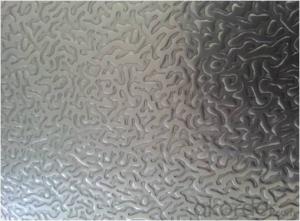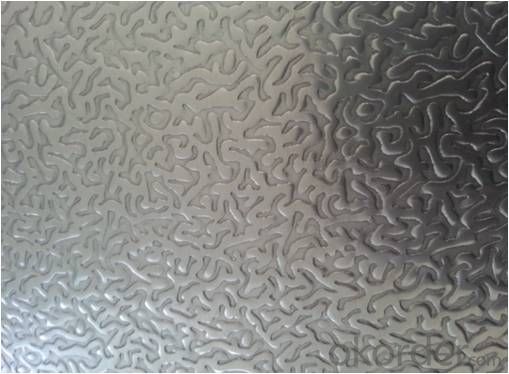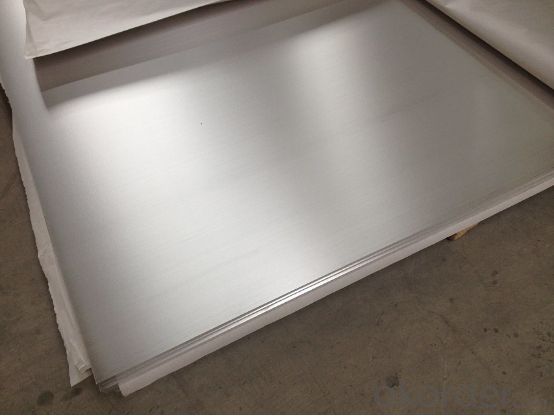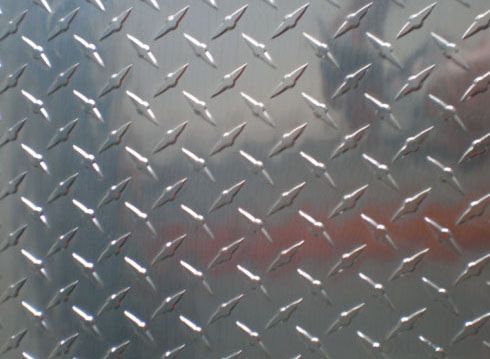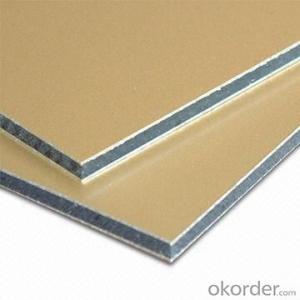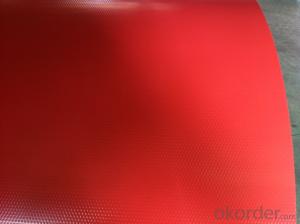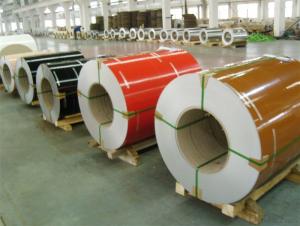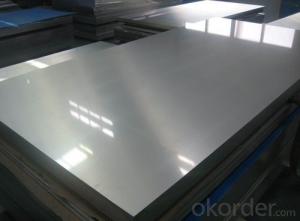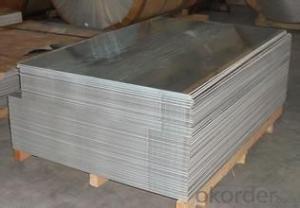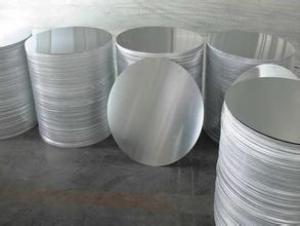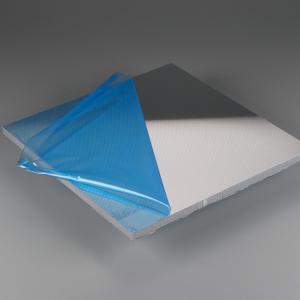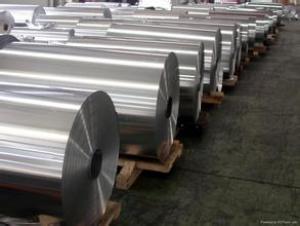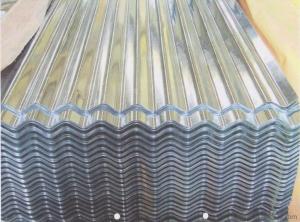Aluminum Diamond Plate Sheets 4x8 - Orange Peel Pattern Aluminum Sheet Coil Plate
- Loading Port:
- Shanghai
- Payment Terms:
- TT OR LC
- Min Order Qty:
- 5 m.t.
- Supply Capability:
- 20000 m.t./month
OKorder Service Pledge
OKorder Financial Service
You Might Also Like
Specification
Common Aluminum Sheet Coil
1. Place of Origin: ZheJiang, China (Mainland)
2. Model Number: 1050/1060/3003/3004/5052/8011
3. Thickness: 0.20-20.0 mm
4. Width: 1000-1700 mm
Packaging & Delivery
1. Coating: Wooden Pallet for Exporting
2. Delivery Detail: 25-30 Days
Specifications
Aluminum Sheet
1. Alloy: 3003A1050/1060/3003/3004/5052/8011
3. Thickness (mm): 0.20-20.0
4. Width (mm): 1000 mm to 170 0mm, Customer Specific Width
5. Finish: Mill, Customer Specific Finish
Our main products are aluminum alloy thick sheet
PS/CTP plate (1050)
anodic oxidation / 3003/5052 (1060/1070)
automotive aluminum alloy (5754/6111/6061)
soldering material (3003/4004)
IT used materials (3003/5052)
the LED base material, material can (3004/3104)
the tank cover and TAB (5052/5182)
aluminous model with substrate (1100)
medicinal foil (8011)
household foil aluminum foil (1235) (8011)
Car Industry:
Alloy: 5182、5083、5754、5052、5042、6061、6063、6082
Feature: nice appearance, good formability, high safety factor, paint hardening effect is significant.
Product Name | Alloy | Usage |
Automotive sheet: interior panels | 1*** 3*** 5*** | Cars, automotive structural components |
Automotive sheet: structure | 1*** 3*** 5*** 6*** | Cars, automotive structural components |
Automotive sheet: housing,auto body | 3*** 5*** 6*** | Cars, automotive structural components |
Transportation Industry
Alloy: 1060、3003、5052、5754、5083、4104、6061、6016, etc..
Feature: High strength, excellent resistance to stress corrosion and welding performance.
Product Name | Alloy | Usage |
Coal car sheet | 1*** 3*** 5*** | Transporter application areas: coal car plate |
Thick aluminum sheet | 1*** 3*** 5*** 6*** | In industrial applications, such as aluminum cans tanker, auto body outer and inner plates |
Brazing sheet | 4*** composite panels | Oxygen equipment and automotive radiator |
Embossed aluminum sheet | 1*** 3*** 5*** | Nonslip floor decoration; nonslip floor; inside the vehicle with the non-slip floor |
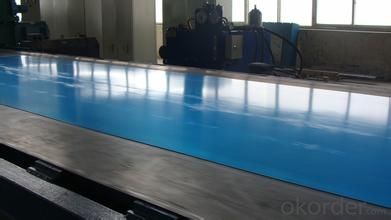

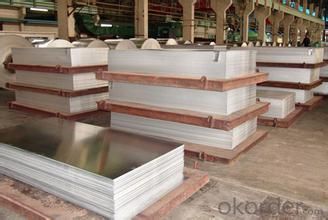

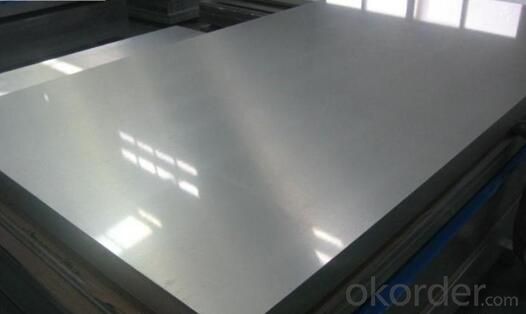
- Q: This is kind of odd, but if a volcano erupted and the lava dripped into an aluminum can, would the can melt? Would the lava harden and cool in it?
- Temperature of lava - 700 degrees Celsius. Melting point of aluminum - 660 degrees Celsius. I'll let you figure out if the can would melt...
- Q: on an hot day, which will stay cooler longer...aluminum, or copper? why?thanks!
- Aluminum conducts heat faster than copper, so if both are left in the sun, the copper will stay cooler longer. When they are removed from the sunlight, the aluminum will become cooler first.
- Q: Can aluminum sheets be used for pharmaceutical cleanrooms?
- Yes, aluminum sheets can be used for pharmaceutical cleanrooms. Aluminum is a popular choice for cleanroom construction due to its excellent durability, corrosion resistance, and ease of cleaning. It is also non-porous, which helps prevent the growth of bacteria and ensures a sterile environment. Additionally, aluminum sheets can be easily fabricated and installed, making them a suitable material for pharmaceutical cleanroom applications.
- Q: This question asks for the current market price of aluminum sheets.
- <p>The price of aluminum sheets in the market can vary significantly based on factors such as grade, thickness, quantity, and market demand. As of my last update, the price per ton of aluminum was fluctuating around $2,000 to $3,000 USD, but this is subject to change. For the most accurate and up-to-date pricing, it's best to check with suppliers or commodity exchanges, as prices can shift daily due to global economic conditions and supply chain dynamics.</p>
- Q: I need to fix some connections at my dad's house. The original wiring is aluminum, but the newer stuff he did is copper. Simple wire nuts will not suffice. Already had one melted one. I need to fix the connections, but need an economical, safe way of doing it. Suggestions?
- You need both anti-oxide paste, (follow directions), and spring type connectors to take care of the thermal creep.- A good electrical supply hose will have them. Give them the details and they'll advise you. (Last I heard, modern wirenuts are ' UL listed' for the application. Lack of the surface treatment is probaly the cause of your bad connection.) Aluminum wiring isn't bad by itself. It's the terminations that cause the problems. Bad advice Shabir - Screw connectors have no 'spring' to take up the thermal cycles of the aluminum and are exactly the WRONG thing to use for the problem in question.
- Q: What are the different methods of cutting aluminum sheet?
- Some of the different methods of cutting aluminum sheet include using shears, bandsaws, jigsaws, circular saws, laser cutting, and waterjet cutting.
- Q: Are aluminum sheets suitable for roofing?
- Yes, aluminum sheets are suitable for roofing. Aluminum is a popular material for roofing because it is lightweight, durable, and resistant to corrosion. It is also non-combustible, making it a safer option for roofing. Aluminum sheets are easy to install and maintain, and they can withstand harsh weather conditions such as heavy rain, snow, and wind. Additionally, aluminum is a sustainable material, as it is 100% recyclable, making it an environmentally friendly choice for roofing. Overall, aluminum sheets provide a long-lasting and reliable roofing solution for both residential and commercial buildings.
- Q: What is aluminum curtain wall.
- In the closing means: aluminum curtain wall aluminum panel curtain wall mounted to the side plate finally called closing!On the aluminum ceiling installation knowledge and aluminum product knowledge welcome Baidu Guangzhou "China Hainan" brand aluminum ceiling understanding
- Q: Which is better aluminum or stainless steel?
- stainless steel
- Q: Can the aluminum sheets be used in food or beverage processing industries?
- Indeed, the food and beverage processing industries can utilize aluminum sheets. This non-toxic material is extensively employed in this field owing to its exceptional characteristics. Aluminum sheets boast corrosion resistance, light weight, and commendable thermal conductivity. These attributes render them perfect for a multitude of applications in the food and beverage processing industries, including food packaging, cooking utensils, storage containers, and beverage cans. Furthermore, aluminum proves to be an environmentally friendly choice as it is recyclable, thus amplifying its appropriateness for deployment in these sectors.
Send your message to us
Aluminum Diamond Plate Sheets 4x8 - Orange Peel Pattern Aluminum Sheet Coil Plate
- Loading Port:
- Shanghai
- Payment Terms:
- TT OR LC
- Min Order Qty:
- 5 m.t.
- Supply Capability:
- 20000 m.t./month
OKorder Service Pledge
OKorder Financial Service
Similar products
Hot products
Hot Searches
Related keywords
